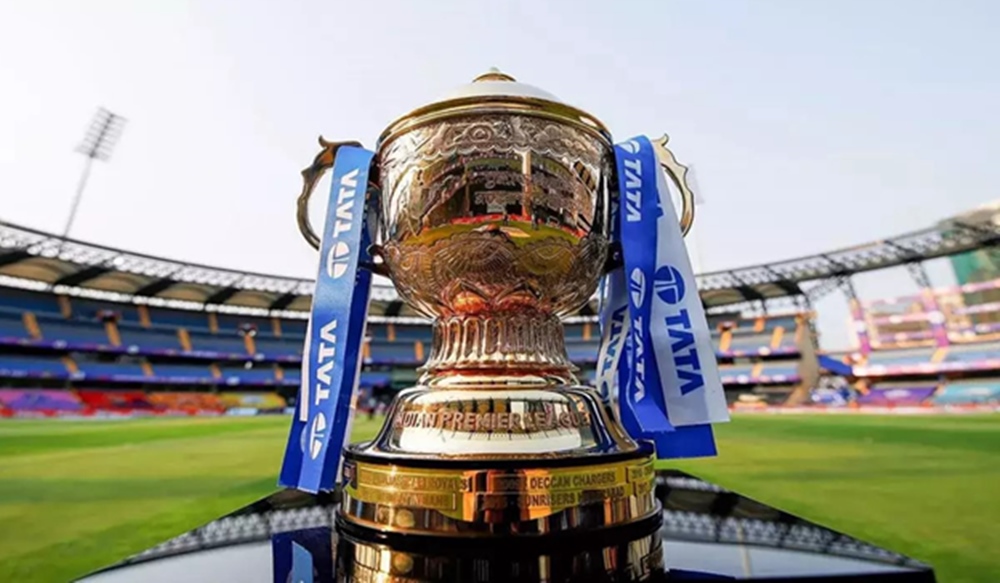Ask any cricket fan, and they’ll tell you the Indian Premier League is by far the sport’s biggest league. And, as of recently, it is also the second biggest sporting league in the world in terms of economics—second only to the American NFL (National Football League).
As an extensive sporting league with minor intercountry origins, the IPL is responsible for a shake-up in how cricket is viewed worldwide.
Keep reading as we explore how the IPL began and how it has become a global powerhouse impacting cricket in many other countries.
History of the IPL
The ICL (or Indian Cricket League) was launched in 2007. It was unregulated and unrecognised as an official league by the BCCI (Board of Control for Cricket in India) or the ICC (International Cricket Council). Not just that, but the league was considered a rebel by the BCCI, with the organisation imposing lifetime bans on players from the league.
In the same year, the BCCI launched the IPL. Many said the league was established in direct opposition to the ICL and to shut down any rival league not operated by the BCCI. The tactic worked fantastically, and by the end of 2008, the ICL no longer existed.
In its place, however, the IPL was born and quickly became one of the country’s largest and most revered leagues. Using the T20 (Twenty20) format of cricket, the league runs annually between March and May.
Over the 15 years that the league has run, it has become the largest cricketing league in the world. It has been given an exclusive window in the schedule of the ICC Future Tours Programme, which helps schedule international games. Because of the focus on the tournament matches, few other international games take place simultaneously.
IPL Economy
As you can imagine, with a league as large as the IPL, the finances behind it are extensive. While the financial reach of the tournament may still fall short compared to Western sporting leagues, the IPL has generated incredible turnover each year.
In 2015, just a few years after its launch, the league was said to have contributed almost $182 million (approximately £119,119,000) to India’s GDP. While this is just less than .01%, it is substantial for a sporting league just a few years old.
Since then, finances in the league have continued to flow freely. This movement has resulted in the league being valued at over $10.9 billion (around £8.62 billion) at the end of 2022.
This growth shows that the league’s tournament and other economic activities have increased substantially. Amongst these are betting markets, with many sportsbooks trying to provide accurate predictions for IPL cricket matches to rake in the money from punters.
Team costs have also vastly increased alongside the popularity of the league. Whilst first starting, teams averaged a starting price of around $400 million (about £316.48 million). Since then, one of the most expensive team purchases has been for a staggering $867.49 million (approximately £686.36 million).
And while much of the money generated by the league has been kept in India, a substantial amount has also reached other countries.
IPL in India
With the league’s brand (and value) booming in India, many of the teams have been purchased by wealthy men or companies trying to make a return on their investment. However, they have run into a problem within the country.
Because IPL takes place over only a set time and only holds around 140 games per year—with 2023 dropping this down to 74—there are not many games to be held that can generate revenue for the team owners.
So, while the owners of IPL teams remain entirely devoted to their home teams, many have been looking for ways to expand their reach and generate more income than the games played in India provide.
This search has resulted in the IPL taking its reach beyond the boundaries of India and has made a global impact on cricket in other countries.
IPL International
Many IPL team owners soon realised that if they owned international T20 league teams, they could send their IPL players to compete in these league seasons. This additional playtime means they could generate more income and see more returns.
Not only does this give them more playtime and reach, but it also helps spread the financial impact of the IPL to other countries across the globe.
Many IPL team owners have spread their wings into three territories: South Africa, the Caribbean, and the UAE (United Arab Emirates). South Africa has been the most popular destination, with over five IPL team owners purchasing local teams in the South African Twenty20 League and an existing history of Indian players in the country.
Three team owners are confirmed to have acquired Caribbean teams, with only one team owner purchasing a team in the UAE League, with more in talks to do the same.
While these team purchases have allowed the IPL to impact cricket in these regions, the impact at the time was severely limited by the BCCI because it didn’t allow IPL players to participate in other international leagues.
Thankfully, this has changed. Due to the agreement with other international cricketing bodies that the cricket calendar for the year will feature a two-and-a-half-month period dedicated to the IPL, the BCCI has acceded to allowing players to compete in international tournaments and participate in the IPL the same year.


